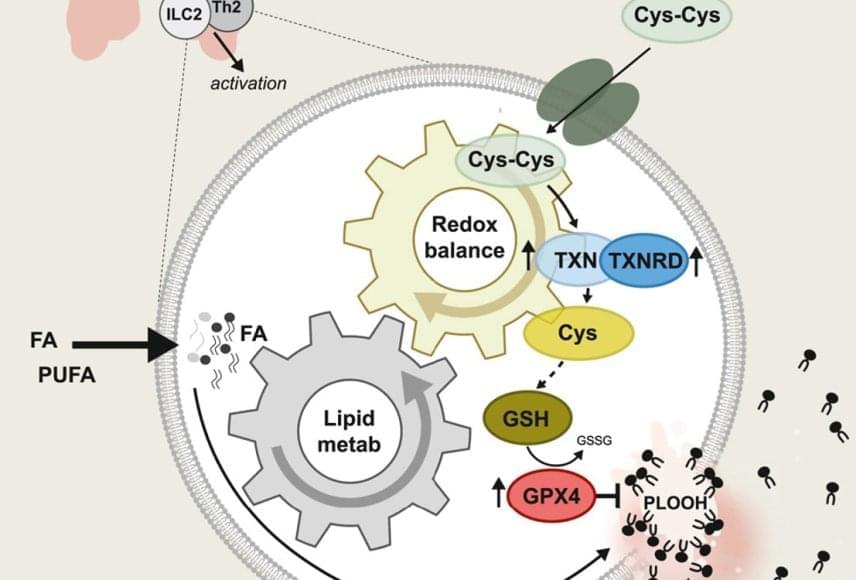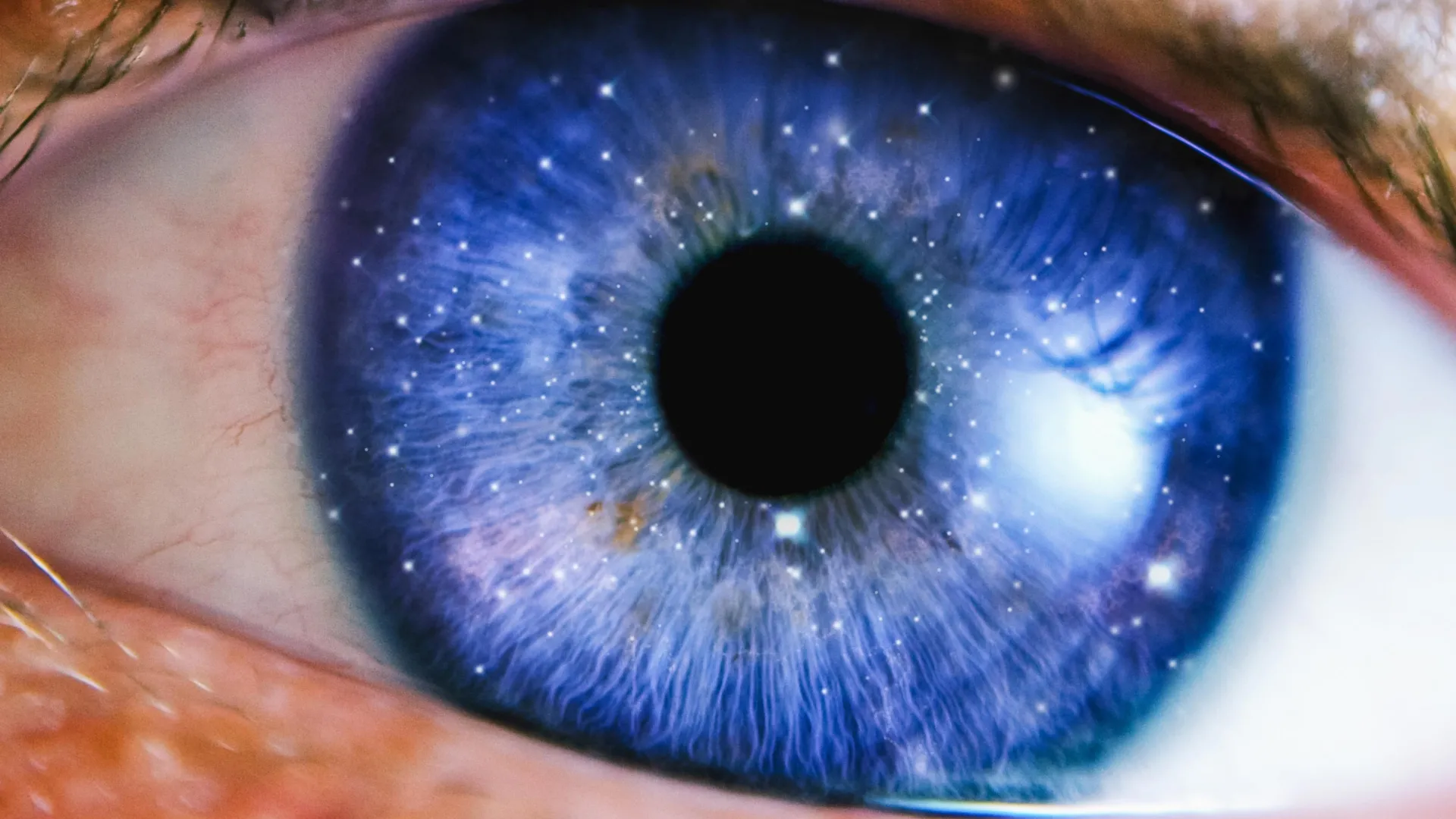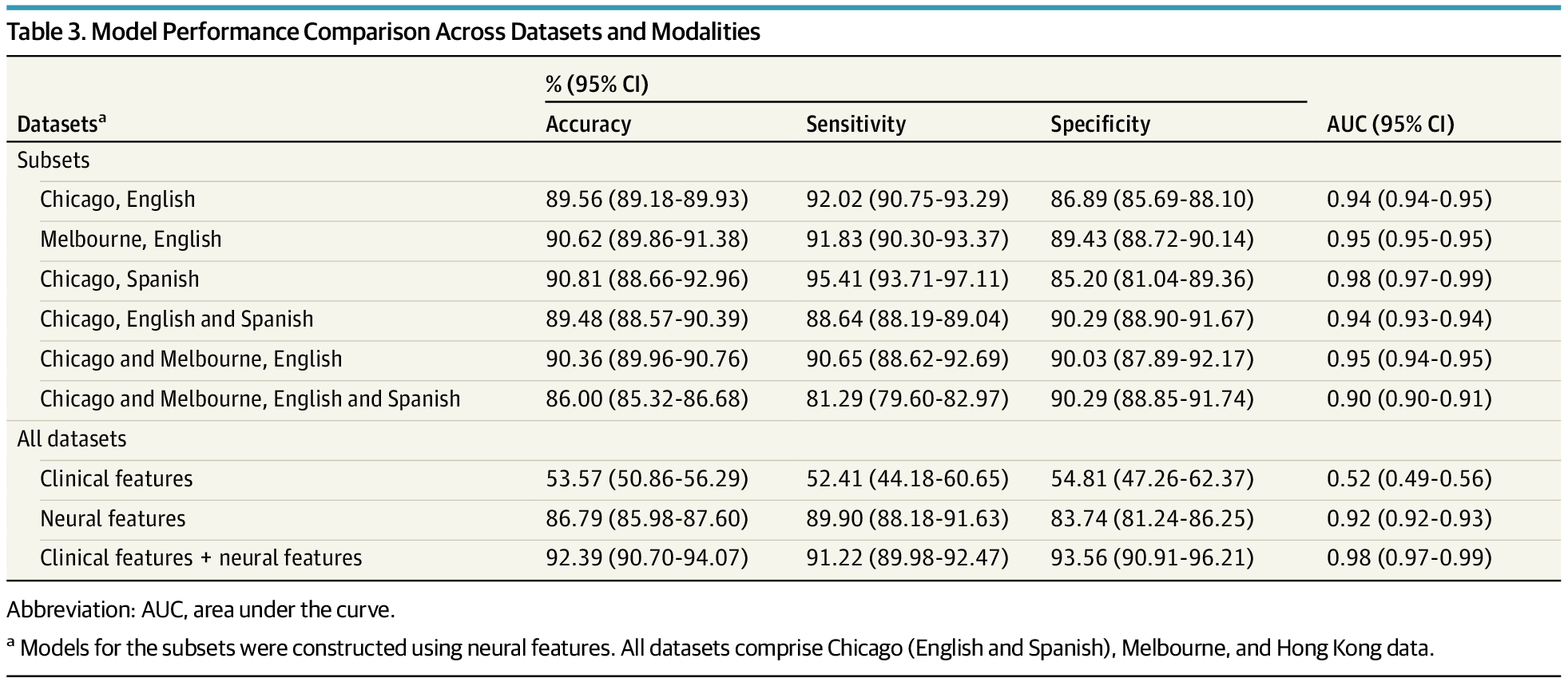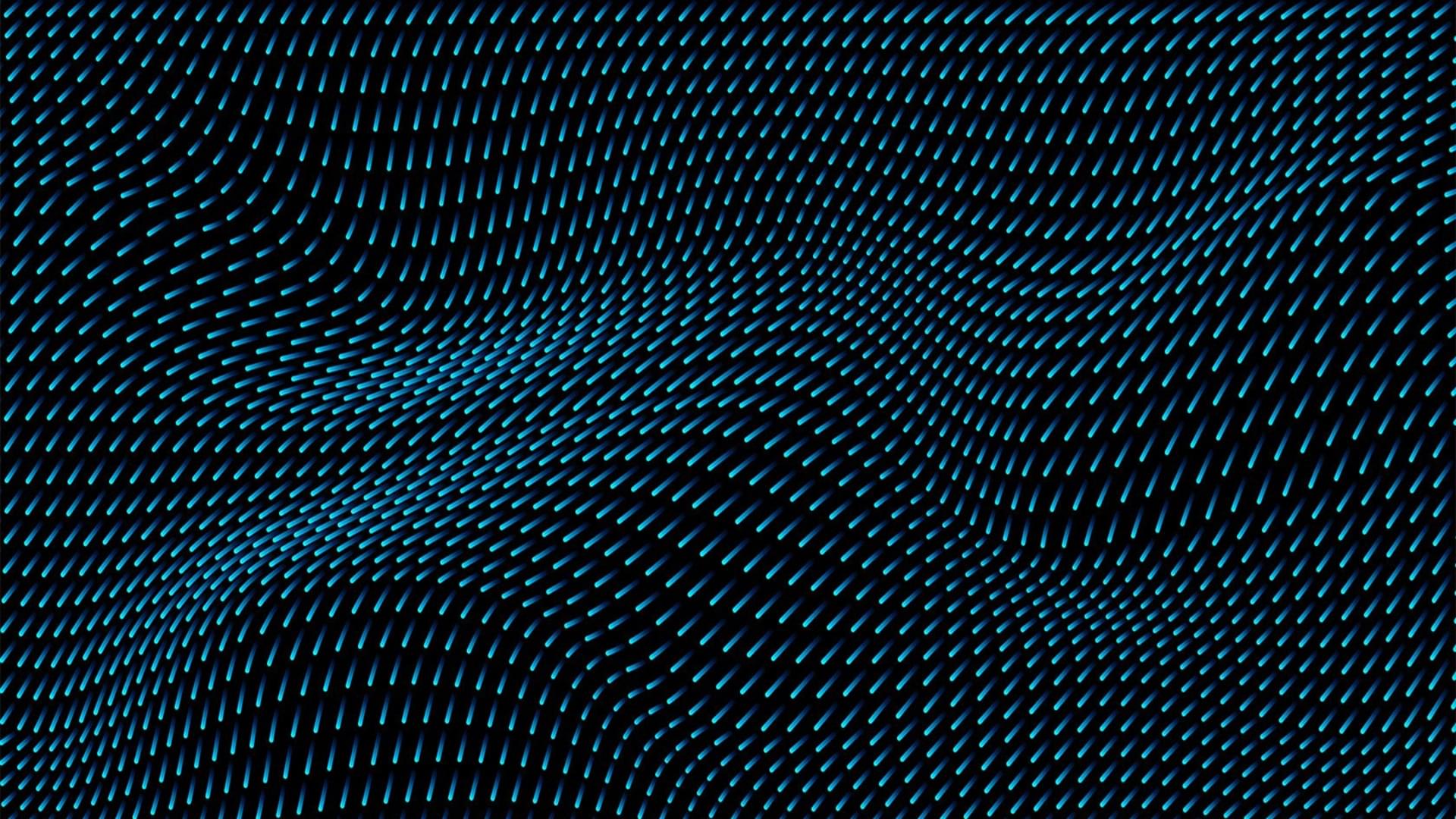Refresh or learn about the most outstanding AI models of the second part of 2025



Why do certain immune cells remain permanently active in allergic asthma – even in an environment that should actually damage them? A research team has discovered that these cells only survive because they activate a special antioxidant protection mechanism. When this mechanism is blocked, allergic inflammation in mouse models decreases significantly. The results have now been published in the scientific journal Immunity.
In allergic asthma, so-called ILC2 and Th2 cells are key drivers of inflammation. They produce messenger substances that increase mucus formation and the influx of immune cells. At the same time, the inflamed lung tissue is rich in free fatty acids and oxidative molecules — conditions that normally endanger cells.
The study shows that pathogenic ILC2s absorb large amounts of these fats and incorporate them into their membranes. In order to avoid dying from ferroptosis, an iron-dependent form of cell death caused by oxidized lipids, they activate their antioxidant systems. The enzymes GPX4 and TXNRD1 play a central role in this process. They neutralize harmful lipid peroxides and enable the cells to survive and multiply despite the stressful environment.
To test this approach, the Bonn team inhibited the thioredoxin metabolic pathway using a drug that blocks the enzyme TXNRD1. In mouse models, this led to significantly less ILC2 accumulating in the lungs. As a result, both the production of the typical type 2 cytokines IL-5 and IL-13 and the number of eosinophils and mucus production decreased. Overall, the allergic reaction was significantly less severe.

The familiar fight between “mind as software” and “mind as biology” may be a false choice. This work proposes biological computationalism: the idea that brains compute, but not in the abstract, symbol-shuffling way we usually imagine. Instead, computation is inseparable from the brain’s physical structure, energy constraints, and continuous dynamics. That reframes consciousness as something that emerges from a special kind of computing matter, not from running the right program.

NOTE: Some folks have mentioned my pronunciation of Gödel is wrong, I do apologize for that.
Any author mulling artificial intelligence as a story element owes it to themselves to encounter this spellbinding, one-of-a-kind book. You also deserve to sit down with it if you’re curious about any number of other SF&F-adjacent topics: mathematics, pattern recognition, the definition of consciousness, the concepts of recursion (finite and infinite)… but most of all, the way profundity can be made to look like pure play.
“Gödel, Escher, Bach” at Amazon.com: https://www.amazon.com/dp/0465026567?tag=lifeboatfound-20
Opening music: “Crystal City” by Karl Casey @ White Bat Audio.
Opening background: “XANNN” @ https://vimeo.com/165286507 (Creative Commons)
My SF&F writing: https://www.infinimata.com/writing/
My blog: https://www.infinimata.com/b/
Buy me something interesting: https://www.amazon.com/hz/wishlist/ls/ZCWCKOKV6N9O?tag=lifeboatfound-20
Buy me coffee, keep me going: https://ko-fi.com/infinimata
Douglas Hofstadter talks about how he came to write his Pulitzer Prize–winning book Gödel, Escher, Bach.
WATCH THE FULL INTERVIEW
• Gödel, Escher, Bach author Doug Hofstadter…
READ \


Deep transfer learning using presurgical brain MRI features predicted post–cochlear implant language improvement in children with 92% accuracy, outperforming traditional ML.
Importance Cochlear implants substantially improve spoken language in children with severe to profound sensorineural hearing loss, yet outcomes remain more variable than in children with healthy hearing. This variability cannot be reliably predicted for individual children using age at implant or residual hearing. Development of an artificial intelligence clinical tool to predict which patients will exhibit poorer improvements in language skills may enable an individualized approach to improve language outcomes.
Objective To compare the accuracy of traditional machine learning (ML) with deep transfer learning (DTL) algorithms to predict post–cochlear implant spoken language development in children with bilateral sensorineural hearing loss using a binary classification model of high vs low language improvers.
Design, Setting, and Participants This multicenter diagnostic study enrolled children from English-, Spanish-, and Cantonese-speaking families across 3 independent clinical centers in the US, Australia, and Hong Kong. A total of 278 children with cochlear implants were enrolled from July 2009 to March 2022 with 1 to 3 years of post–cochlear implant outcomes data. All children underwent pre–cochlear implant 3-dimensional volumetric brain magnetic resonance imaging (MRI). ML and DTL algorithms were trained to predict high vs low language improvers in children with cochlear implants using neuroanatomical features from presurgical brain MRI. Data were analyzed from August 2023 to April 2025.

